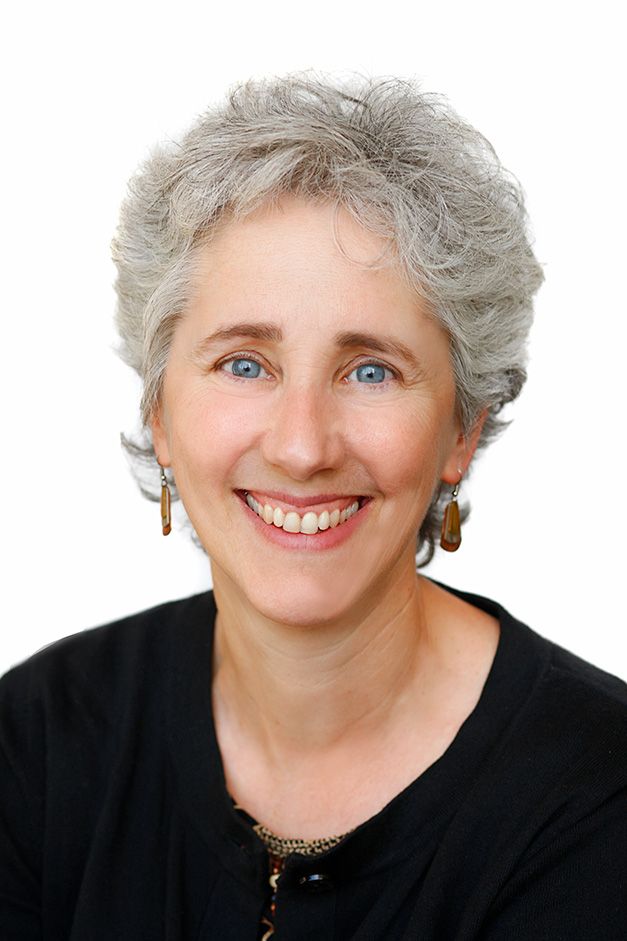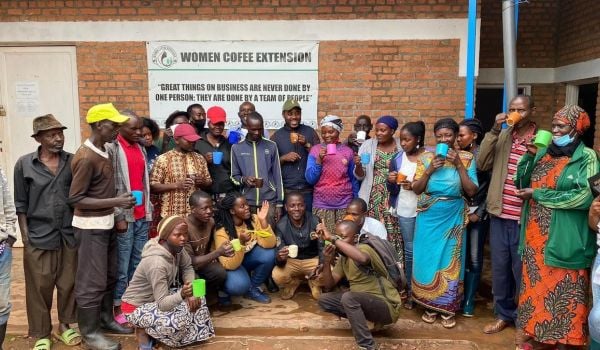Getting capital into underserved communities is a deeply personal quest for Paige Chapel. The daughter of Eastern European immigrants, she watched the black neighborhood in St. Louis in which she grew up turn into what she calls an “economic slum” after desegregation prompted much of the working class to flee to the suburbs. After graduating from Northwestern University in 1978 with a degree in biology, Chapel spent the next 30 years developing solar greenhouses, building affordable rental housing, and working in commercial real estate development, finance and banking.

(Photo courtesy of Paige Chapel)
Now, she’s putting CDFIs under a financial microscope as the president and CEO of Philadelphia-based rating agency and information service Aeris Insight. Aeris employs a methodology similar to one used by federal regulators to assess the financial strength and performance of CDFIs and uses a proprietary methodology to assess a CDFI’s impact measurement and management (IMM) capacity.
CDFIs have always collected copious data to satisfy traditional lenders such as the federal government and foundations. But the social unrest of 2020 brought more assets and a more diverse group of investors, such as tech companies, into the space. They now require a more layered and sophisticated set of data to justify their investment.
Chapel is betting that measuring impact is going to be increasingly important for CDFIs and investors going forward. We recently caught up with her to explain the importance of doing an impact audit and why she thinks CDFIs are ready to “bust out of their boutique status.”
Can you explain further what IMM is all about?
It’s a set of practices that help fund managers understand if they’re able to achieve the positive impact, be it social or environmental, that they have set out to achieve. CDFIs have become very good over the decades at collecting data against myriad impact metrics. IMM says: what, as a mission-driven institution, are you trying to create and how do you know you’re making a difference? What are some of the negative consequences that could negate the impact you’re trying to create?
By collecting data specific to what positive change you’re trying to create and analyzing that data, you create a feedback loop that allows CDFI fund managers to really understand what is working and what’s not.
Why is it important now for CDFIs to adopt a data-driven approach to assessing their impact?
CDFIs have gained enormous recognition throughout the pandemic and reawakening around the social and racial justice issues, and over the last two years, they’ve seen an unprecedented influx of capital from new institutional sources, from tech companies, from single and multi-family offices, and from different kinds of banks. These are institutions…that are asking questions that are in alignment with global standards, such as have you considered any unintended negative consequences from what you do? How are you measuring impact, and what are you doing with that data?
That’s completely in alignment with what IMM has done in the broader investment field and CDFIs have recognized that the broader world of impact investors has interest in their work. CDFIs need to adapt to the language of the rest of the impact investment field so they can continue to attract capital.
What is holding CDFIs back from adopting IMM and where should they get started?
CDFIs have not always collected data on what end beneficiaries are of their investments. We are getting a ton of questions from investors about the demographic composition of loan funds, for example. Many CDFIs don’t track that, but that’s a great place to start. Also, some CDFIs don’t feel the need to do more. Some are (constrained by lack of) resources. And some CDFIs are not adopting IMM practices because they’re not that familiar with them. They’re community lenders so they haven’t had the exposure yet.
What’s your outlook of the CDFI industry?
I think CDFIs are on the cusp of hitting their stride. Over the next five years, they’ll bust out of their boutique status. They’re really at the point where they can become scalable financial institutions. In the great recession (of 2008), they outperformed the banks in terms of portfolio stability. … I want to see all kinds of new ways investors can get capital into loan funds. I think there needs to be a renaissance in investment product development.

EDITOR’S NOTE: We’ve edited this intro to clarify Aeris Insight’s methodology.
This story is part of our series, CDFI Futures, which explores the community development finance industry through the lenses of equity, public policy and inclusive community development. The series is generously supported by Partners for the Common Good. Sign up for PCG’s CapNexus newsletter at capnexus.org.
Christopher C. Williams is a New Jersey-based freelance financial writer. He worked for many years with Dow Jones Newswires and Barron’s Financial Weekly and has contributed to publications including the Wall Street Journal, The New York Times and Essence magazine. He focuses on the intersection of business, economic equity and racial justice.





_920_518_600_350_80_s_c1.jpg)
_600_350_80_s_c1.jpg)









